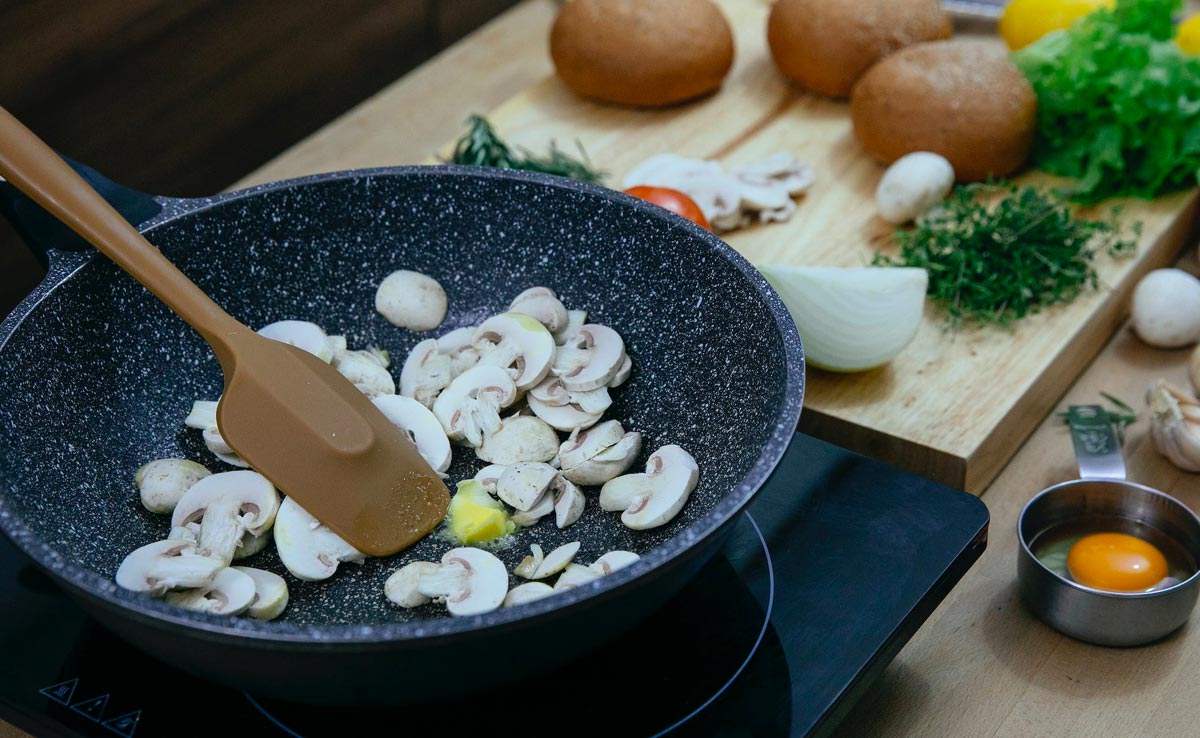Here we discuss simple tips you can follow to reduce your sodium intake and reduce your blood pressure.

Cooking meals at home allows you to control the amount of salt added to your food
Reducing sodium intake is crucial for managing blood pressure, as excessive sodium consumption can lead to hypertension and other cardiovascular problems. In this article, we discuss simple tips you can follow to reduce your sodium intake and reduce your blood pressure.
Here are 10 tips to reduce sodium intake:
1. Read food labels
Many processed foods are high in sodium. By reading food labels, you can identify high-sodium products and choose lower-sodium alternatives. Look for foods labeled “low-sodium,” “no added salt,” or “sodium-free.”
2. Cook at home
Cooking meals at home allows you to control the amount of salt added to your food. Use herbs, spices, citrus juices, and vinegar to flavour dishes instead of salt. Experiment with different flavour combinations to enhance the taste of your meals without relying on salt.
3. Limit processed foods
Processed and packaged foods, such as canned soups, frozen meals, and snacks, often contain high levels of sodium for preservation and flavour. Limiting these foods in your diet can significantly reduce your sodium intake.
4. Choose fresh foods
Opt for fresh fruits, vegetables, lean meats, and whole grains, which are naturally low in sodium. Incorporate these foods into your diet to provide essential nutrients without adding extra salt.
5. Rinse canned foods
If you use canned beans, vegetables, or fish, rinse them thoroughly under running water before consuming. This helps remove excess salt used in the canning process, reducing the overall sodium content of the food.
6. Use salt substitutes
Replace table salt with potassium-based salt substitutes or herbs and spices to flavor your food. Potassium can help counteract the effects of sodium on blood pressure by promoting vasodilation and excreting sodium through urine.
7. Be mindful of condiments
Condiments like soy sauce, ketchup, barbecue sauce, and salad dressings can be high in sodium. Choose low-sodium or sodium-free versions of these condiments, or use them sparingly to reduce overall sodium intake.
8. Limit eating out
Restaurant meals tend to be high in sodium due to added salt and flavor enhancers. When dining out, choose restaurants that offer healthier options or ask for your meal to be prepared without added salt.
9. Stay hydrated
Drinking plenty of water can help flush excess sodium from your body through urine, reducing its impact on blood pressure. Aim to drink at least eight glasses of water per day, or more if you’re physically active or live in a hot climate.
10. Monitor portion sizes
Even low-sodium foods can contribute to high sodium intake if consumed in large quantities. Pay attention to portion sizes and avoid overeating, especially of salty snacks and processed foods.
By incorporating these tips into your lifestyle and dietary habits, you can effectively reduce your sodium intake and better manage your blood pressure for improved overall health. Consult with a healthcare professional or registered dietitian for personalised recommendations and support in managing your sodium intake and blood pressure levels.
Disclaimer: This content including advice provides generic information only. It is in no way a substitute for a qualified medical opinion. Always consult a specialist or your own doctor for more information. NDTV does not claim responsibility for this information.




